33 Different Types of Pliers Compared (with Pictures)
-
- Last updated:
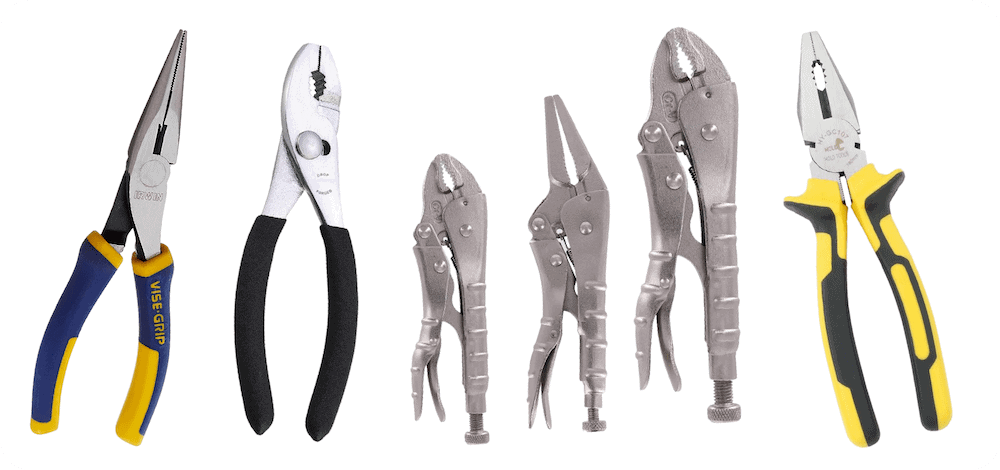

It would be impossible to say that everybody has a pair of pliers at home, but it wouldn’t be unreasonable to say that everybody should. Even if it’s only a simple set of slip joint pliers tucked away in the junk drawer, it’s an indispensable hand tool that can make a huge difference when attempting DIY home repairs. However, there are so many different types of pliers.
Now, some of us have a few different sets of pliers for different kinds of jobs, and people with specialized hobbies or professions have pliers that very few people realize exist. Most of us already know about some of them. Some might make you think, “Well, I never…” and one or two might peak your interest into thinking, “You know, I could really use a set of those.”

Anatomy of the Pliers
Pliers only have a couple of parts to them, but all of the parts have important jobs. Without these features, no set of pliers could perform its primary function.
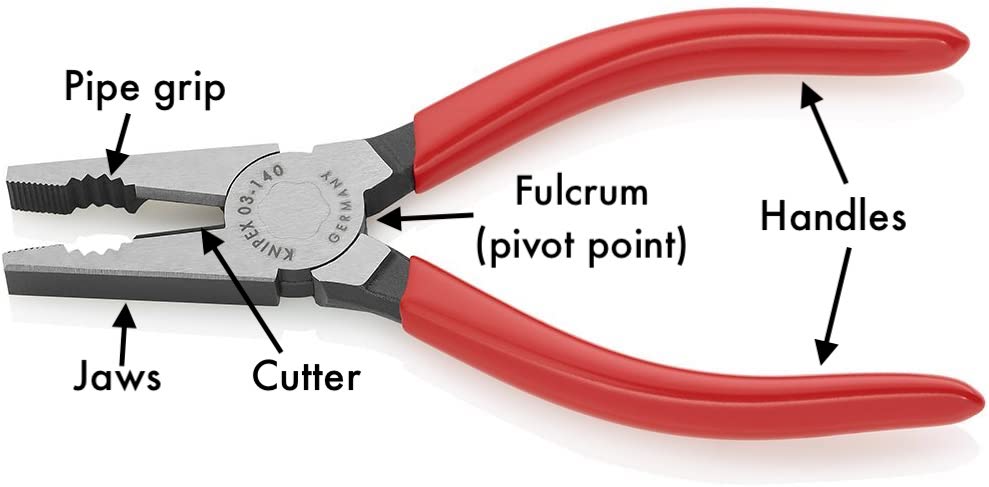
Jaws (also called nose): This is your pliers’ working end and they are used mostly for gripping. There are combination pliers which have jaws, and they also contain pipe grips and/or cutters.
Fulcrum (also called pivot points): This is where the jaws and handles connect, and also serves to create the force needed for the pliers jaws to do their job.
Pipe Grips: This is an opening in the jaw that is oval or round in shape. The pipe grips are made to grip pipes and other round items.
Handles: This is what you hold on the pliers. They are sometimes curved or straight, and their surface can be plastic coated or bare metal.
Cutters: Some pliers are designed for cutting wire and metal. The cutters are usually located near the fulcrum.
The 33 Common Types of Pliers & Their Uses
There’s a good chance that you have used or seen the following pliers. They’re available just about anywhere and many times are able to be used for many other purposes if need be.
There’s a good chance you’ve had one or more in your hand or tool chest.
1. Crimping Pliers

These are also called crimping tools. The fulcrum is at their far end, and they’re used much like nutcrackers. You feed a wire into the jaw’s jack, then a connector. When you squeeze their handles, it will break through plastic coatings and cause the sections to crimp or deform, so they’ll stick together. They’re used mostly in telecommunications and networking. Terminal crimpers are used in automobiles, while R145s are commonly used in computers.
2. Diagonal Pliers

These are also called flush-cut pliers, diagonal-cutting pliers, wire cutters, and others. These pliers’ jaws are angled and made to cut through thick wire. They are very strong and also can be used for cutting nails. Therefore, they’re used in electrical work and carpentry.
3. Hose Clamp Pliers

These are also called hoses, radiator hoses, and spring clamp pliers. Hose clamp pliers are made for compressing springs and hose clamps to make connections tighter. Because of this, they come in many designs. The models that are best known have peg-shaped teeth on each of the jaws, and these are used for pinching the clamp. Some of the models also may be used on a hose.
- See Also: 5 Best Hose Clamp Pliers
4. Needle Nose Pliers

These are also called long-nosed pliers because the nose is elongated to offer more precision. They also have an edge for cutting near their base. These pliers are very versatile, and they can be used for shaping, cutting, and bending wire. They are used by many trades, including electrical, jewelry, fishing, networking engineering, and more. They are standard in most home toolboxes.
- See Also: 10 Best Needle-Nose Pliers
5. Slip Joint Pliers

These are also called water pump pliers. They are related closely to adjustable wrenches and have a fulcrum that can be adjusted to alter the jaws’ width. Many variants have notches for the bolt of the fulcrum to go into when the pliers’ jaw’s open, allowing you to lock on a certain width. They’re often used in plumbing applications and can do many duties that a wrench can do.
- See Also: 10 Best Slip Joint Pliers
6. Snap Ring Pliers
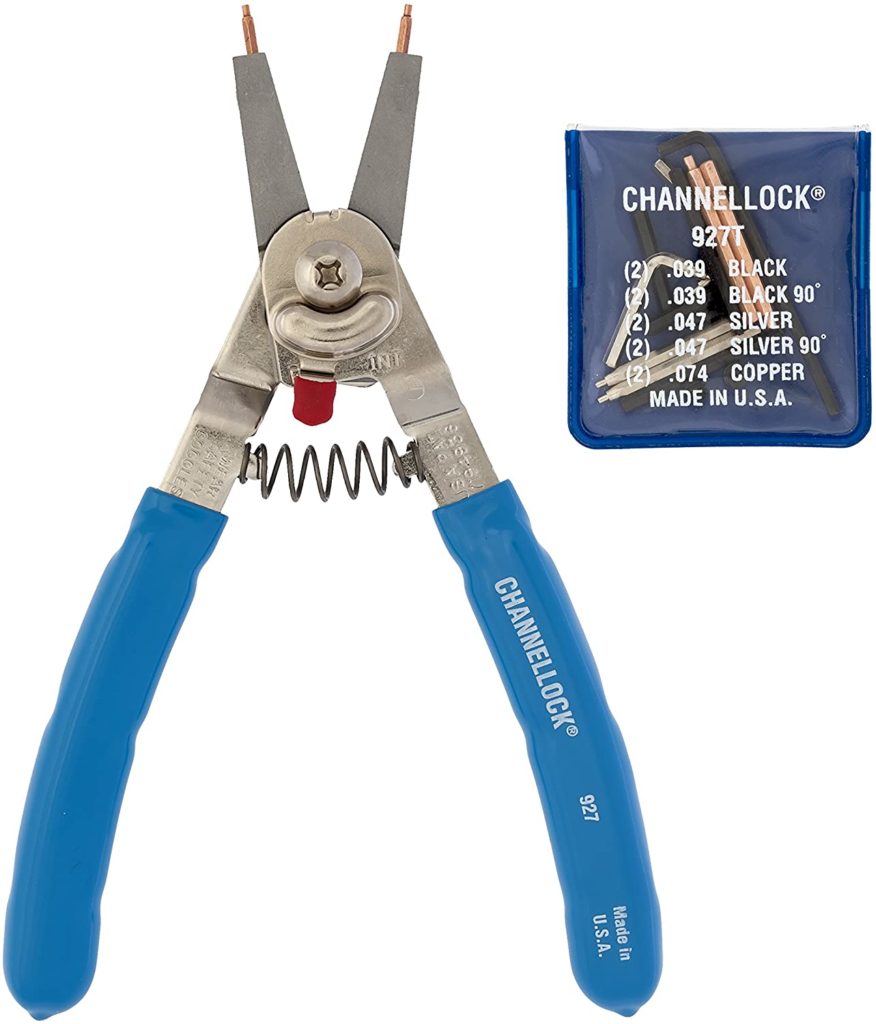
These are also called retaining ring pliers, lock ring pliers, circlip pliers, and C-clip pliers. Snap ring pliers have round, short jaws to help close a snap ring, which is a loop with an open end that fits into round objects such as dowels.
Once it’s closed, the ring can rotate freely but can’t slide sideways. They’re commonly used for gears on vehicles such as mountain bikes.
- See Also: 10 Best Snap Ring Pliers
7. Tongue & Groove Pliers

Also called channel locks, these pliers are adjustable with toothed grooves along their upper handles. This allows their lower jaw to get locked into a variety of positions. The jaws are angled, which makes them useful for turning bolts and nuts.

Other Types of Pliers
While the pliers above are commonly found in toolboxes and kits, several pliers are more specialized.
8. Bail Making Pliers
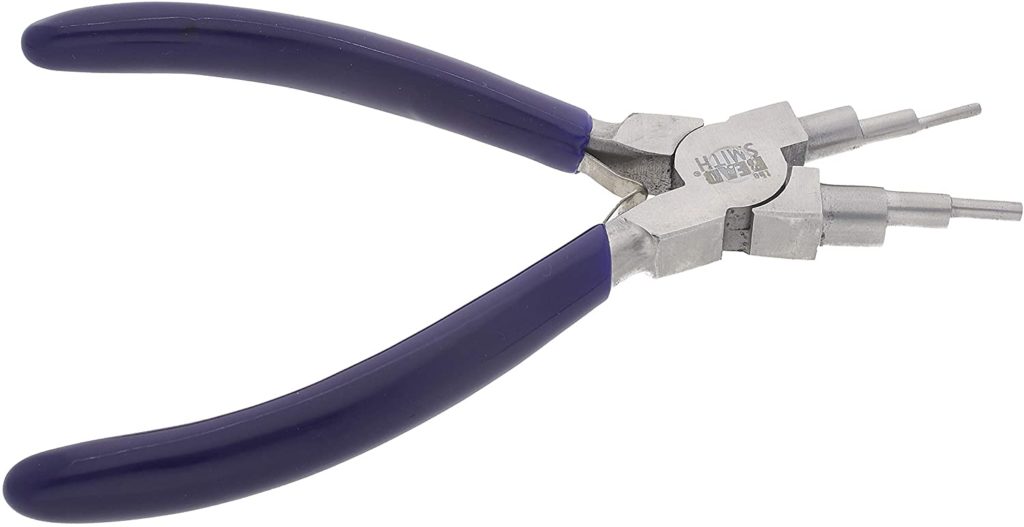
This tool has jaws that consist of a pair of dowels, and one is bigger. Primarily used in making jewelry, the wire is wrapped around their jaws to form ear wires, clasps, and many other loop components.
9. Battery Pliers

Battery pliers are used in automotive applications to adjust the bolts found on jumper cables and car batteries, which have angled short jaws. The lower jaw’s a bit smaller, and the jaws are both thick, so they are more durable.
10. Bent Nose Pliers
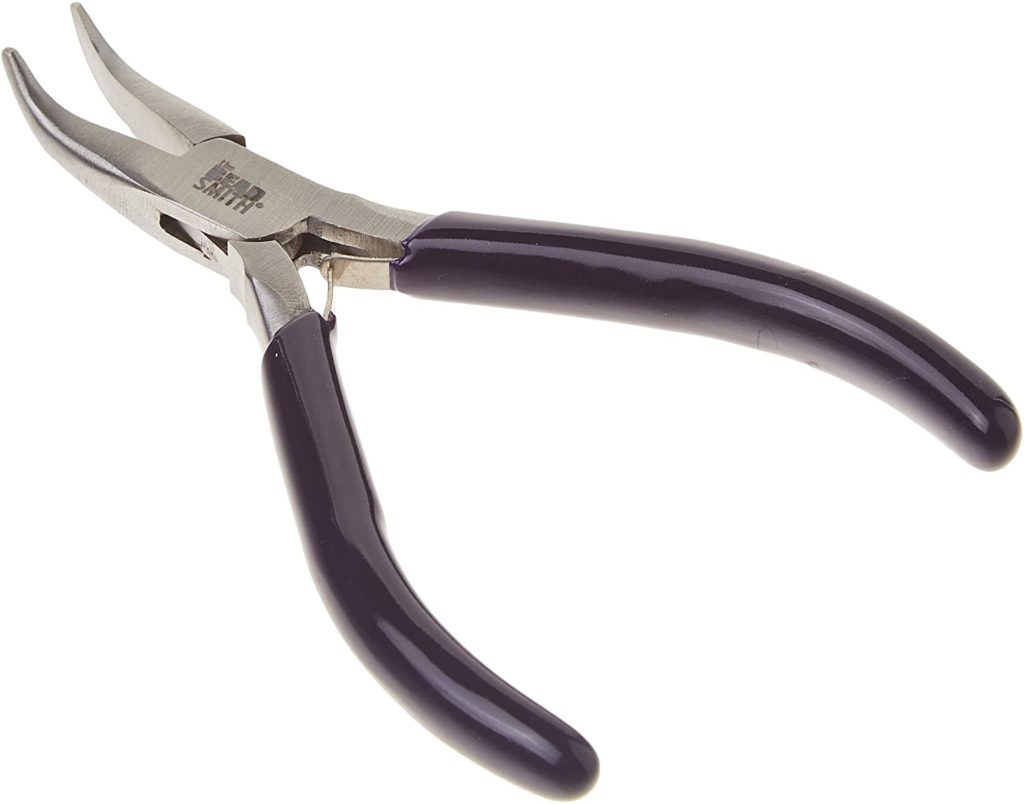
Bent nose pliers are another type of needle nose. Their jaws are angled at their midpoint, usually at 45 or 90-degree angles. This allows them to grip onto surfaces without getting in the way when you need multiple pliers. This is also handy when the angle’s too hard to reach with the typical needle nose pliers.
They are very useful in electrical work, jewelry making, and other types of work for shaping wire.
11. Brake Spring Pliers
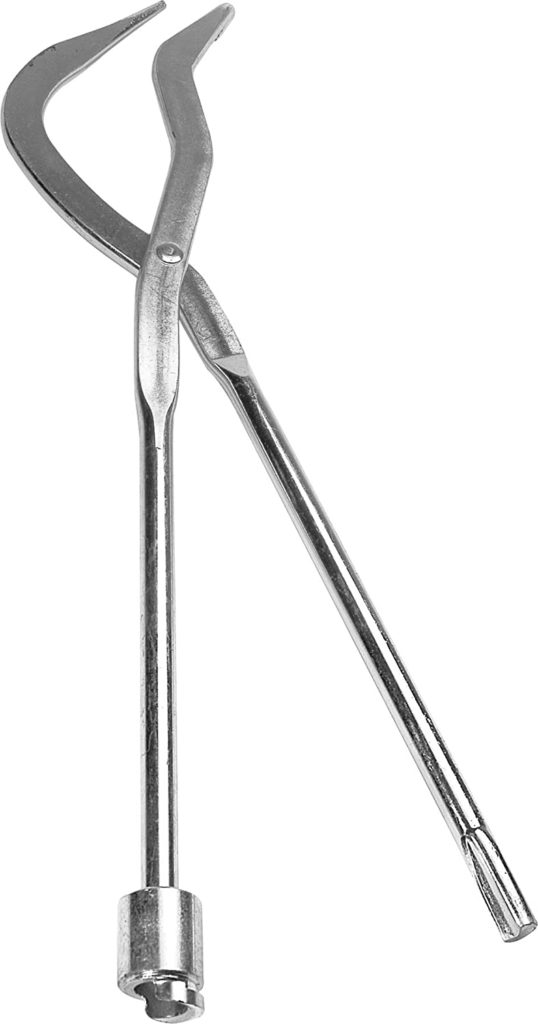
Brake Spring Pliers are another tool used in automotive settings, and they are specifically designed for handling drum brake springs. One of the jaw tips is rounded to remove the springs, and the other’s curved so they can be put back in. Sometimes, one handle also features a ratchet for removing shoe hold-down pins.
12. Canvas Pliers
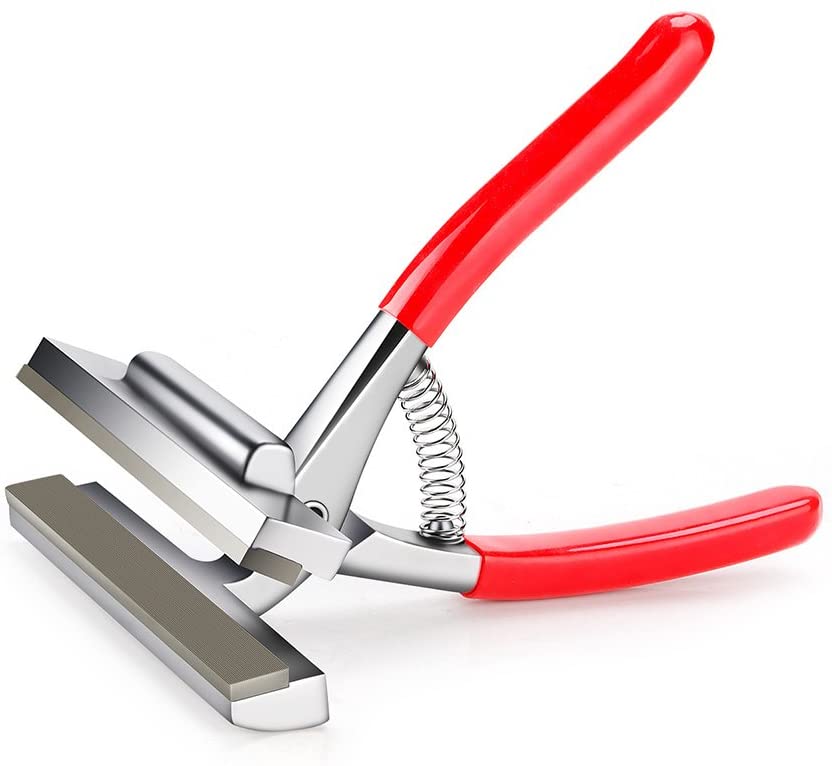
These are also called canvas stretching pliers. They are often used by artists, and they allow a single person to do something that usually will take two. Their jaws are padded to avoid damage to the surface of the canvas while you’re stretching it onto your frame.
13. Chain Nose Pliers

Chain nose pliers have triangular stubby jaws, and they’re one of the tools used in jewelry making and wire shaping. The design of the jaw allows for shaping, bending, and crimping wire. When making beaded jewelry, their tips are helpful in opening or closing jump rings and bead tips.
14. Combination Pliers

Combination pliers are multi-purpose tools with three sections in their jaws. From their tip, there’s a serrated surface for gripping. Behind that, a round serrated section makes gripping thick round items like tubes much easier. Lastly, the section that’s closest to the pliers’ fulcrum is the cutting surface. Many people think of them as lineman pliers, but they don’t have that rounded center area in their jaws.
15. Eyelet Pliers
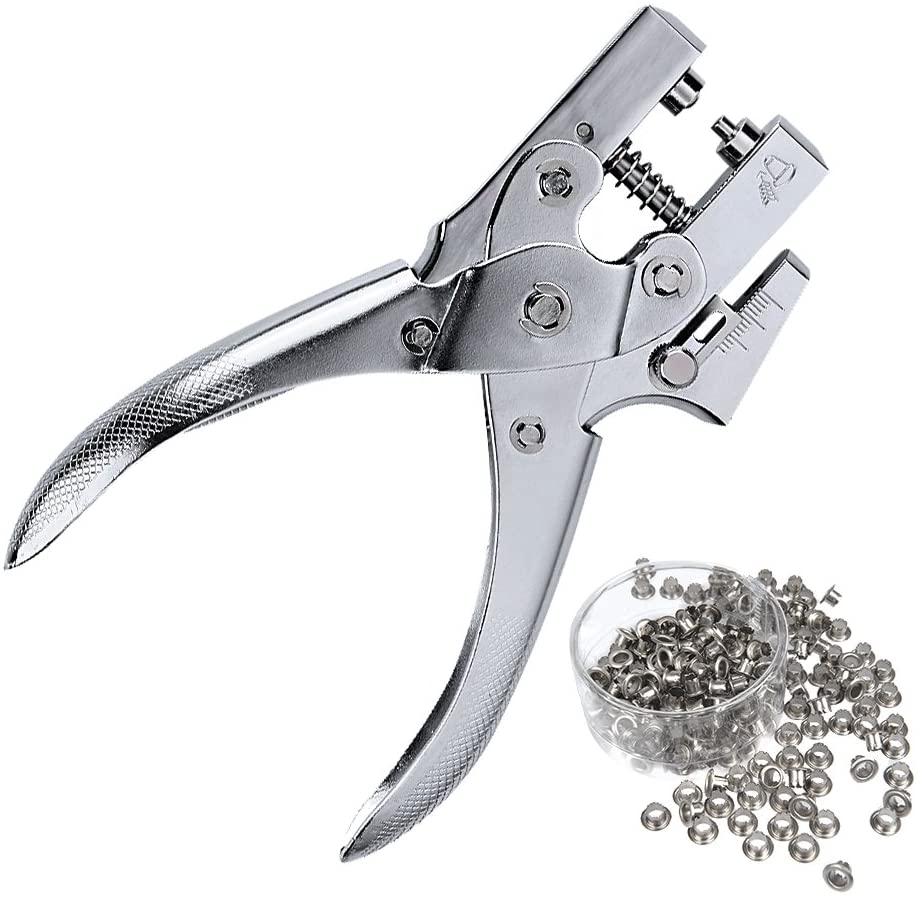
These pliers are essential for clothing industries such as tailoring and cobbling. Eyelets allow drawstrings and laces to get added to clothing. Eyelets have elongated hubs and rings that have to be crimped.
Most modern eyelet pliers come with interchangeable dies to do both crimping and hole punching, even though some have a wheel in their upper jaw that contains the die tips or only have a surface for crimping.
16. Fencing Pliers
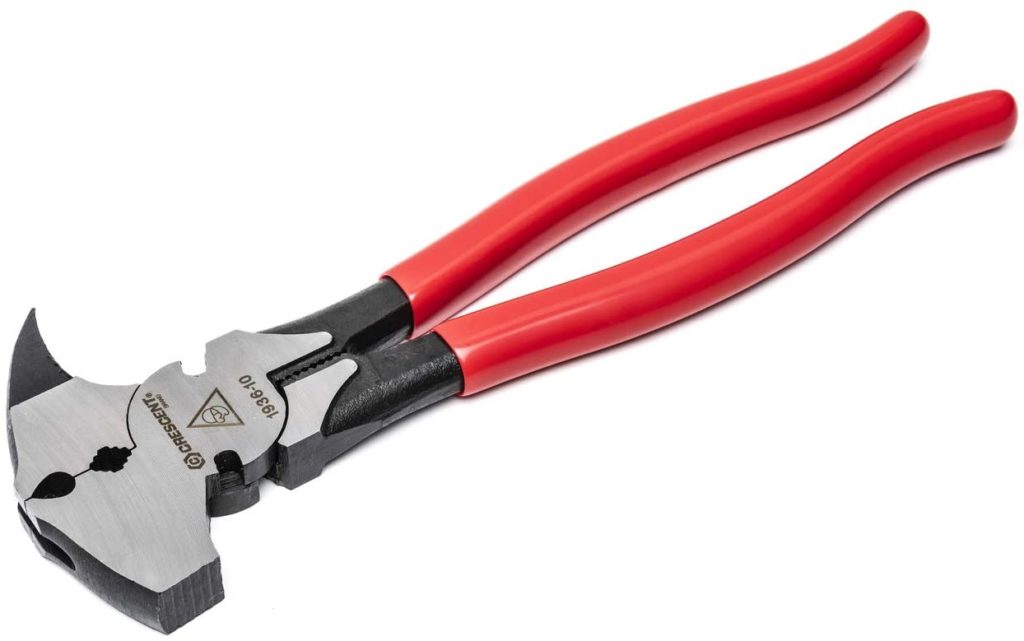
This curious-looking tool resembles a hammer with two handles when you look down on them from above. The fulcrum has notches that let you cut different gauged wires, while the left jaw’s side has the hammer surface to drive in staples.
The right jaw’s claw is useful for removing the staples, and the jaws contain a rounded grip hole and gripping surface.
17. Flat Nose Pliers
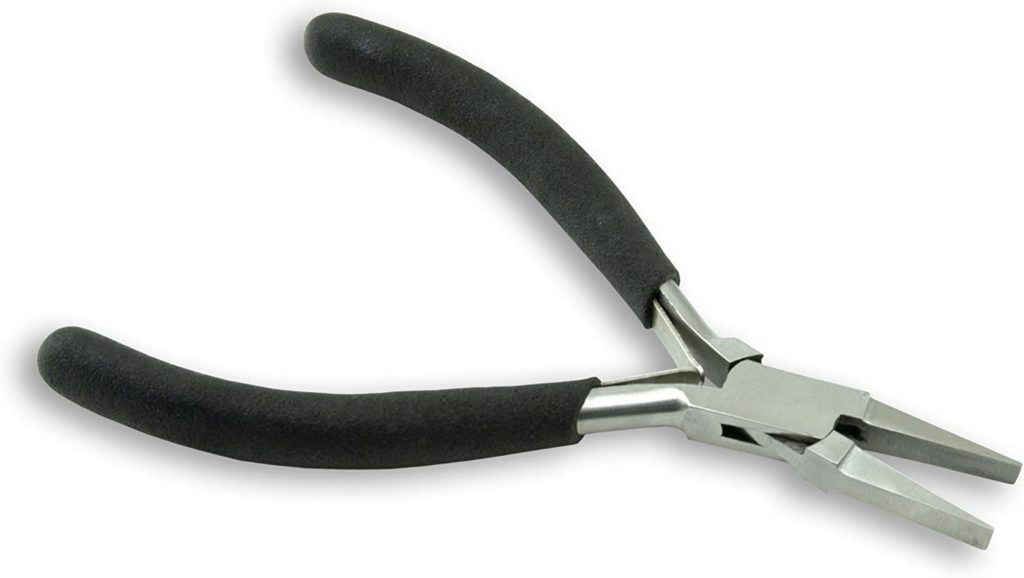
These are also called duckbill pliers. Their jaws are flat and tapered and used for twisting and gripping metal, along with twisting wires and leads. It’s a tool often used in mechanical and electrical work. They can make right angles and sharp bends using wire, and they’re also good for straightening. They come with long or short noses.
18. Grommet Pliers
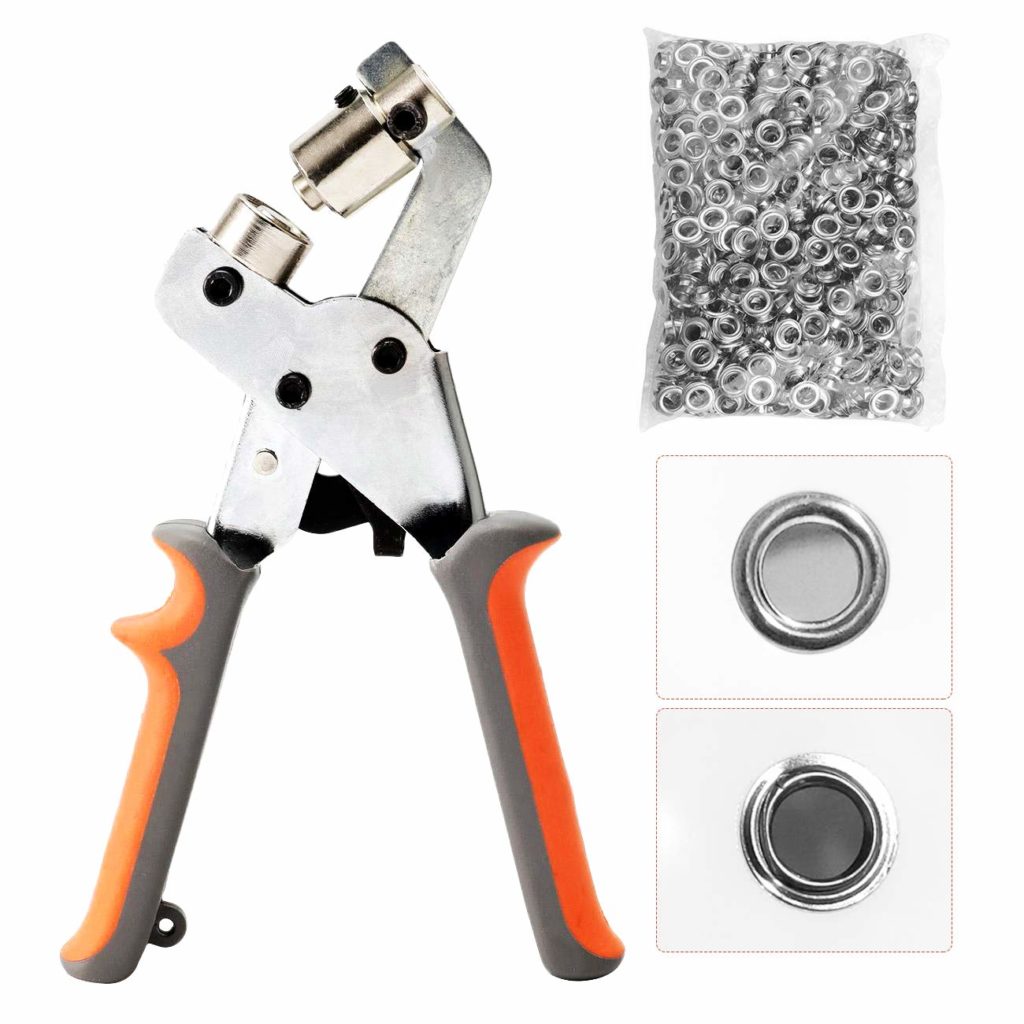
These are similar to the eyelet pliers, both in function and form, and they’re used for creating holes in materials such as tarps and affixing grommets. Grommets are much more heavy-duty when compared with eyelets, which makes these pliers perfect for those crafts that involve sturdy materials.
19. Hose Grip Pliers

Also called grabber pliers, hose grips are specialty pliers designed to get little hoses easily out of or into tight spaces. They have grabbers jaws, and they’re shaped to prevent the hose from getting damaged. They are used for fuel lines, heater hoses, and vacuum lines. Just grip the hose and twist it off or on. They work great for spark plugs, clamps, and many other little items.
20. Linesman Pliers

Even though their name might not sound familiar, there’s a good chance you’ve used or seen them sometime. They’re identified easily by their jaws, and they have a short, gripping surface near their tip and a surface for cutting in the middle. This tool is very versatile, and it’s often used while doing electrical work.
Because they are multifunctional and very strong, they can also be used for bending and twisting metal, which might be too strong for other pliers. Sometimes, their insulated handles can protect users from shock, although most aren’t rated for this.
- See Also: 10 Best Lineman Pliers for Electricians
21. Locking Pliers

These are also called vice grips. As their name implies, these pliers have jaws that are made to lock, which makes them great for gripping bolts and screws that are stripped. They come with several jaw shapes, meaning you can choose the best design for your needs.
22. Nail Puller Pliers
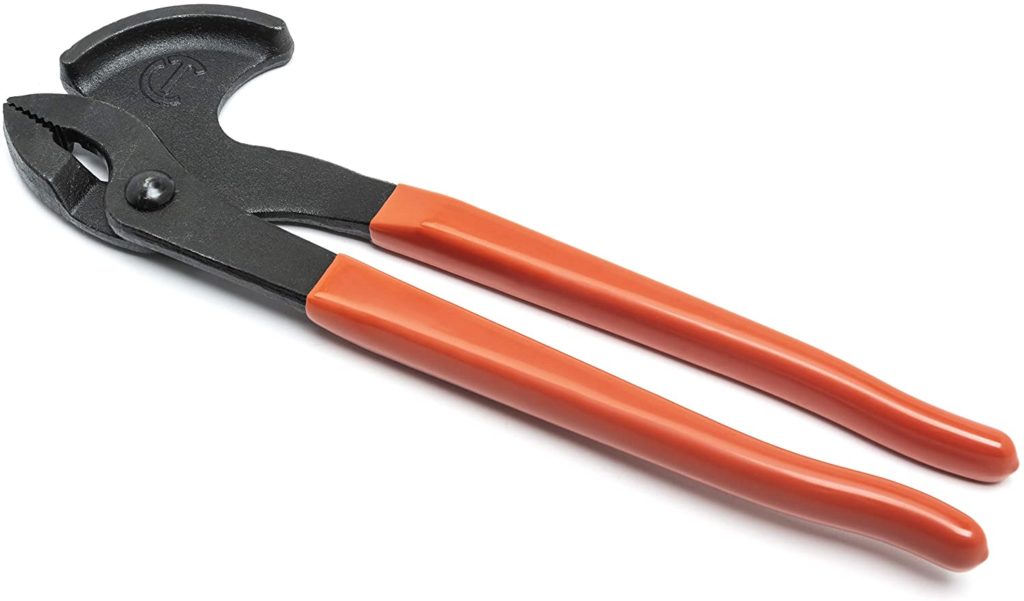
Nail puller pliers look a lot like tongs, and they have tips that are tapered. This allows the pliers to dig beneath a nail’s head to pull it out. Some of the models also have claws on their right jaw’s back to give you more power.
23. Oil Filter Pliers
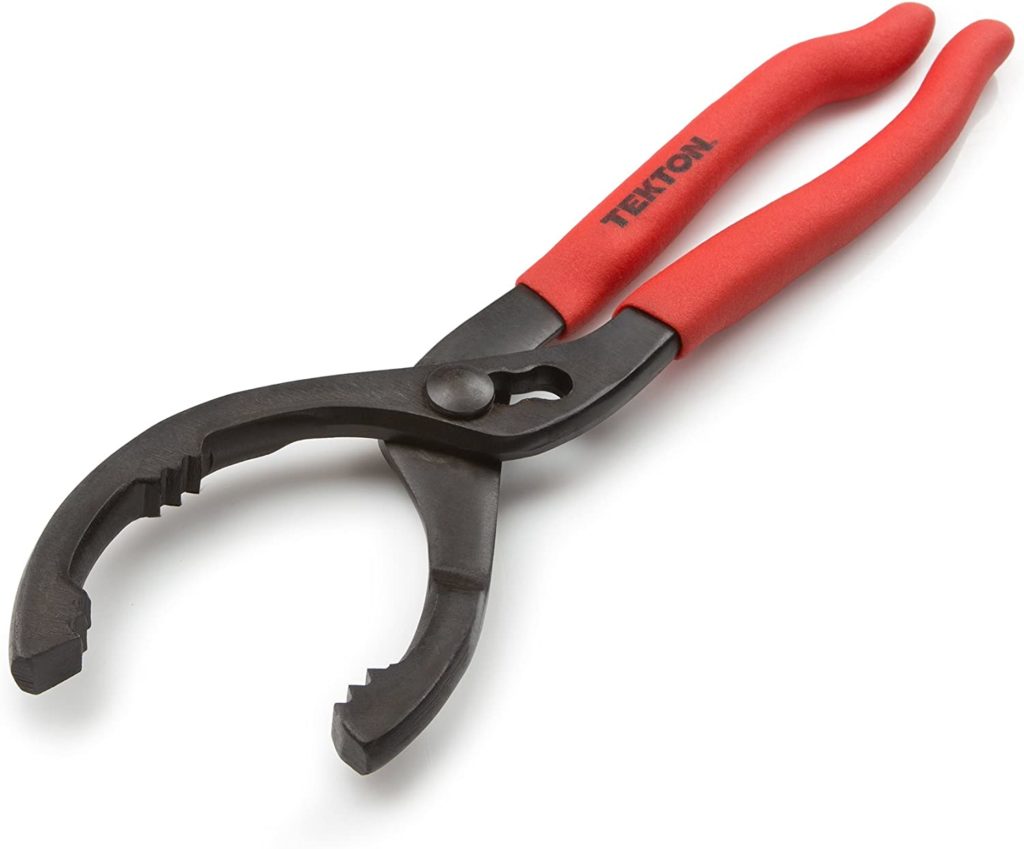
Oil filter pliers look odd. Their toothed jaws are C-shaped, and one is a lot longer than its mate. They’re used to remove casings on oil filters in vehicles.
24. Piston Ring Pliers
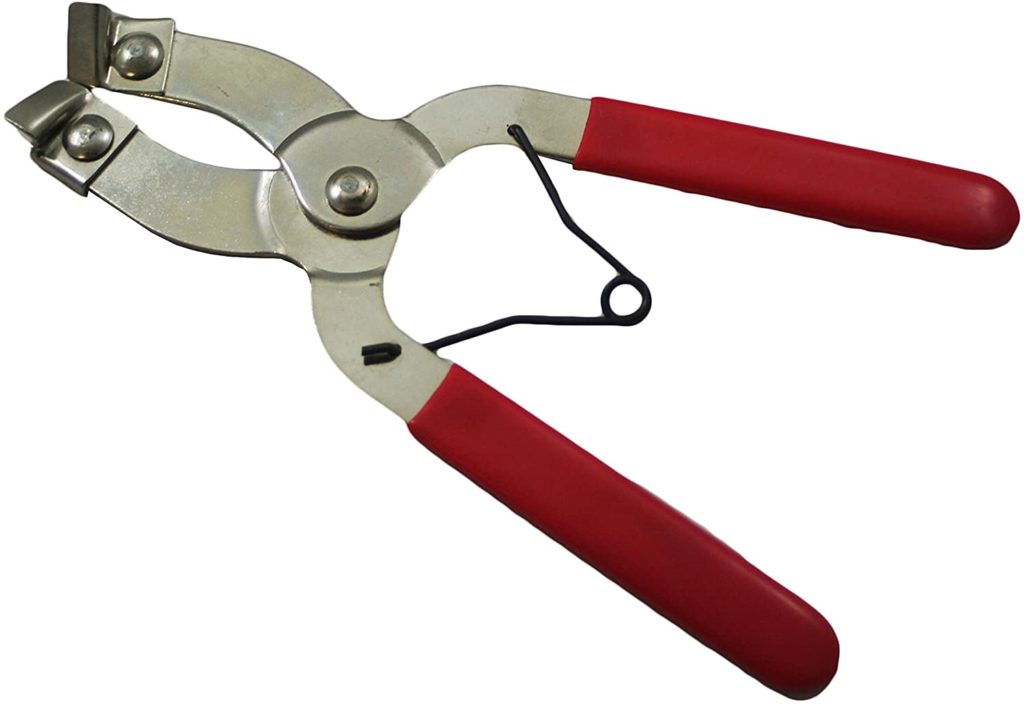
There are two major forms of piston ring pliers, and both are used for removing and replacing piston rings inside engines. The first type has curved tips on its jaws for spreading piston rings. The other type has larger jaws, with a few braces supporting the ring and reducing the warping risk.
25. Push Pin Pliers
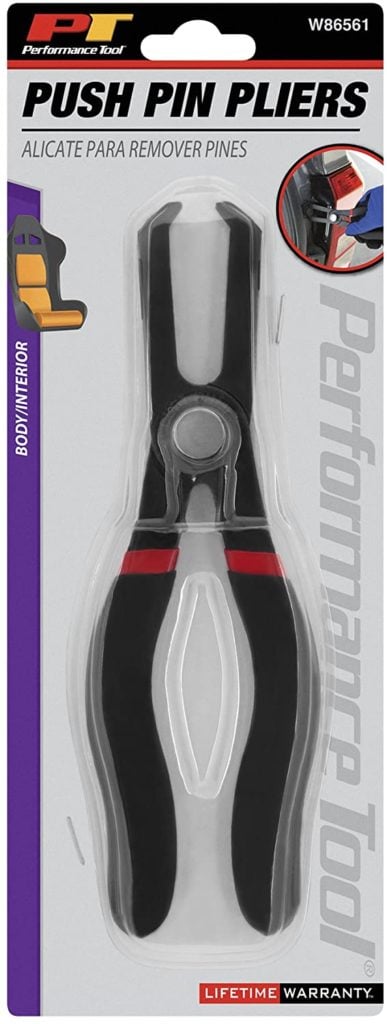
Push pin pliers have wedge-shaped jaw tips. This allows them to get beneath plastic anchors’ pin caps. When the pliers are squeezed, it pops a push pin out, which allows the anchors to be safely removed.
They are used in automotive work and other types of industries where these anchors are used.
26. Round Nose Pliers
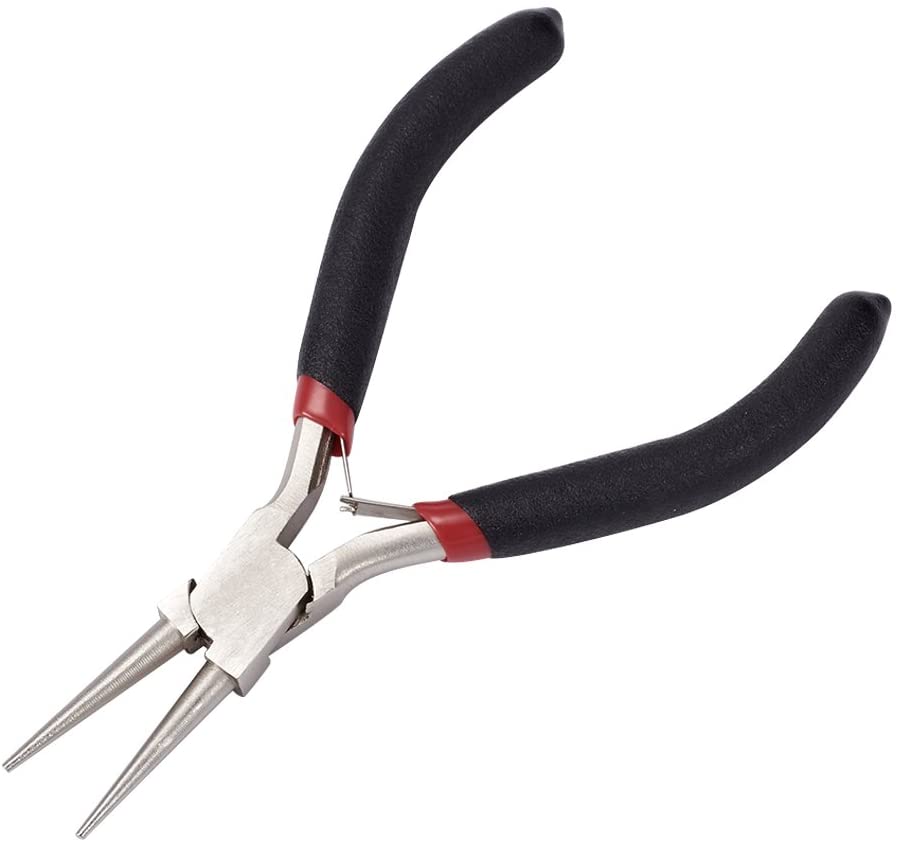
These are also called rosaries and jewelry pliers. They shouldn’t be confused with bail-making pliers, and they have rounded jaws that are slightly tapered. The jaws come together to form a design that is triangular in shape. They’re used for creating jewelry loops, particularly rosaries. Some of them have handles that are insulated to use with electrical work.
27. Running Pliers
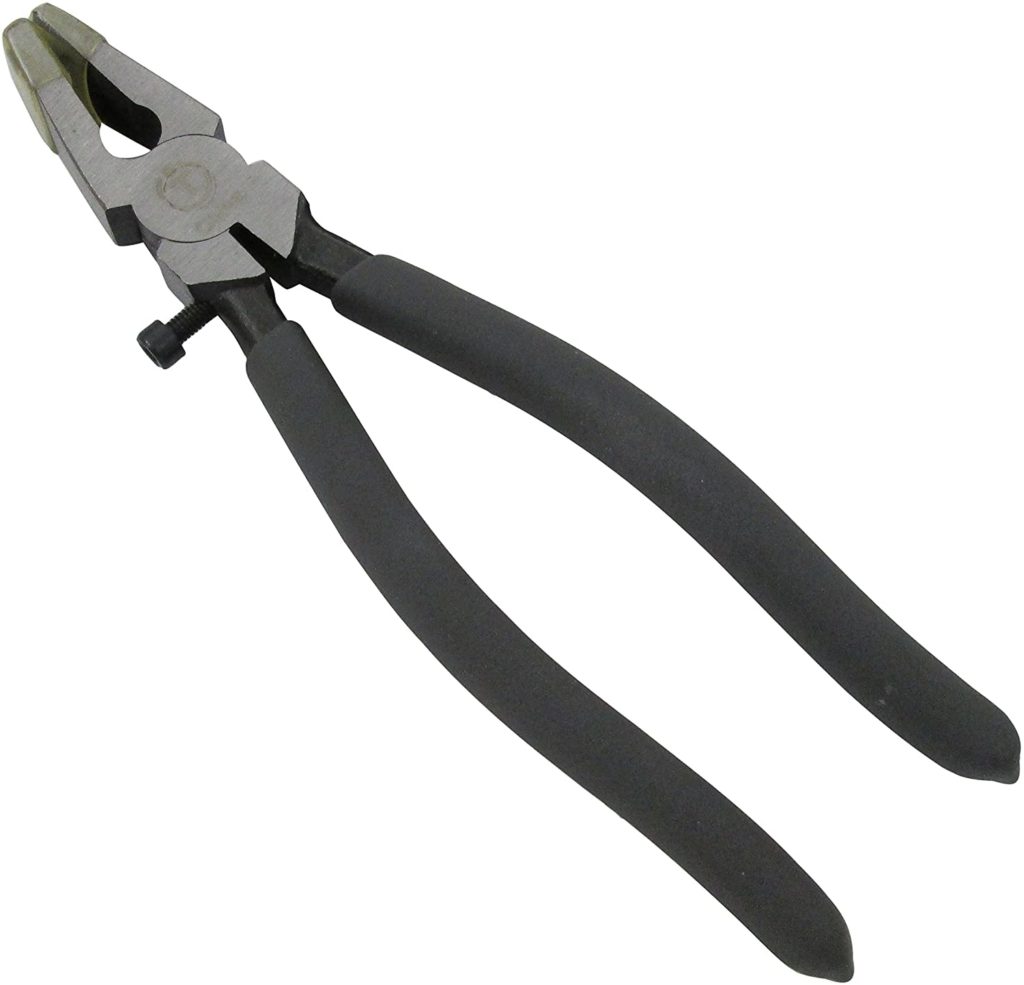
These are used to create crafts with stained windows and make clean breaks along a scored line in glass. Their jaws are wide-tipped, and they are adjustable to match the glass thickness. Most of them have center lines to ensure the right alignment while running it along your score.
28. Sheet Metal Pliers

Also called seamer pliers, these pliers have rectangular, wide jaws, and they’re used to bend sheet metal as well as form seams. They’re found commonly in industries where sheet metal’s used, such as metal shops.
29. Split Ring Pliers
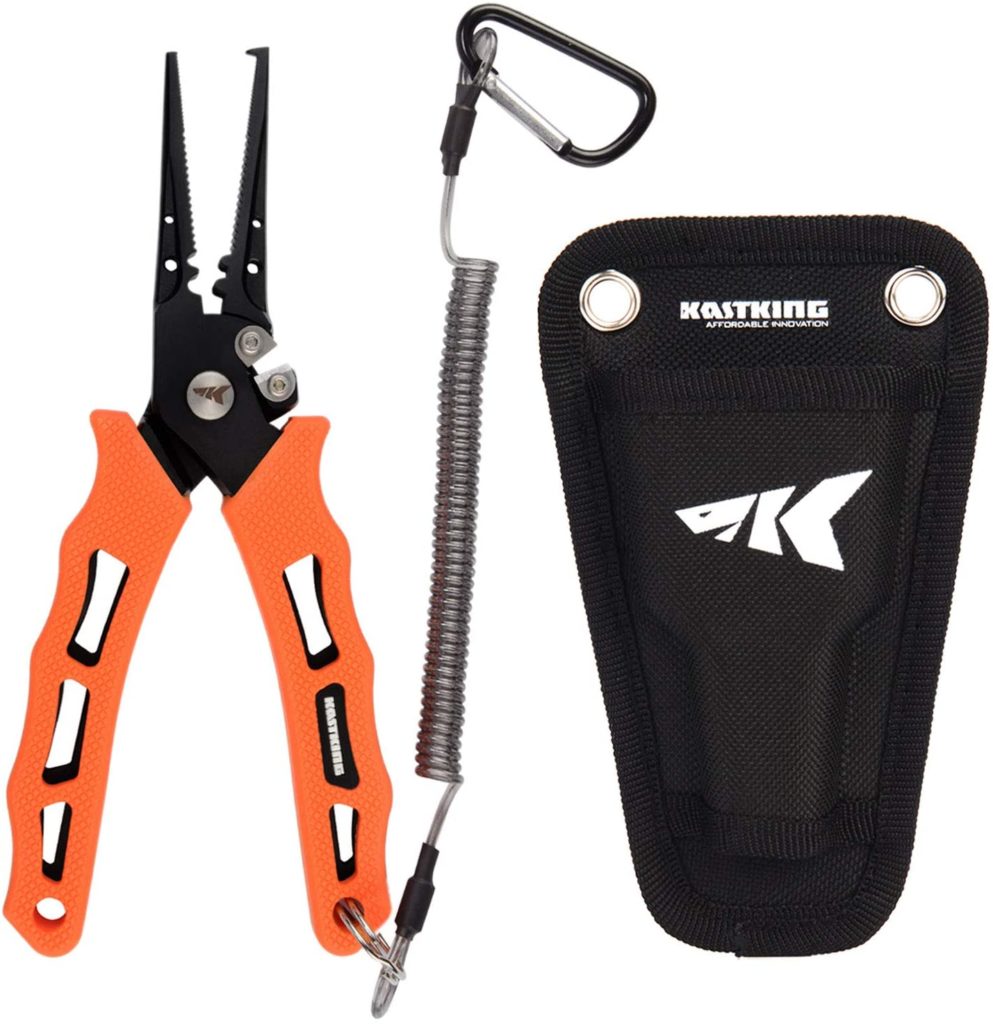
These are also called fishing pliers. They look like stubby chain nose or needle nose pliers, and their lower jaw has a hooked tip. This acts like a wedge and splits the coiled rings apart. Fishermen often use split rings when adjusting fishing tackle. They’re also used when making keyrings.
30. Soft Jaw Pliers

Soft jaw pliers are used for scuba diving and plumbing equipment. Their jaws are padded so that scratches are prevented on exposed surfaces or soft metals.
31. Spark Plug Pliers
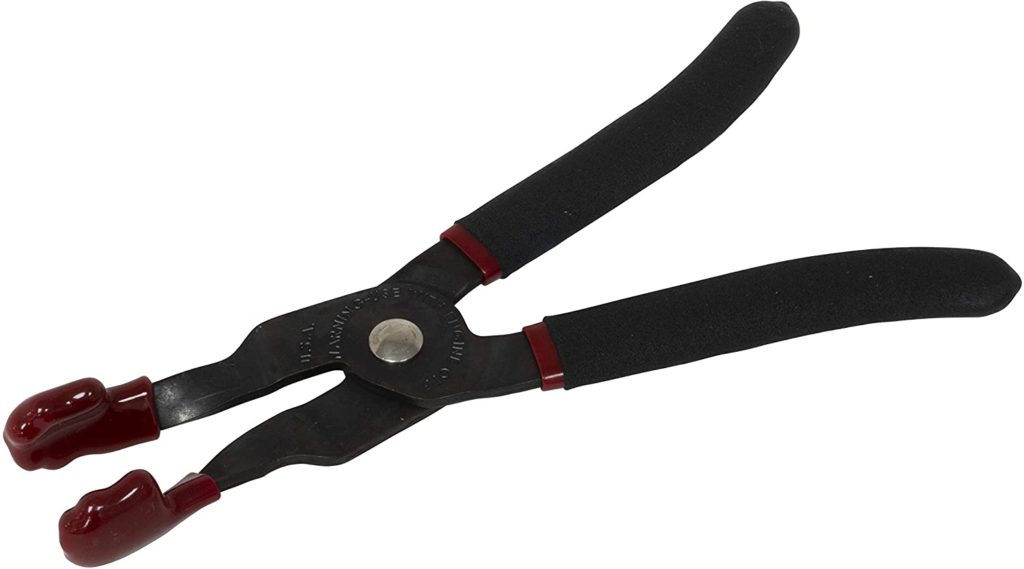
These pliers have narrow jaws, and they are tipped either with cylindrical holders or insulated tongs. They grip the spark plugs by the plug wires or the boot when making automotive repairs.
32. Welding Pliers

Welding pliers’ jaws are similar to combination pliers, and they have the same tips as needle nose pliers. Welding pliers perform several functions, including gripping wire, hammering, and spatter removal. As their name implies, they’re used in the welding field.
- See Also: Best Safety Wire Pliers
33. Wire Twisting Pliers
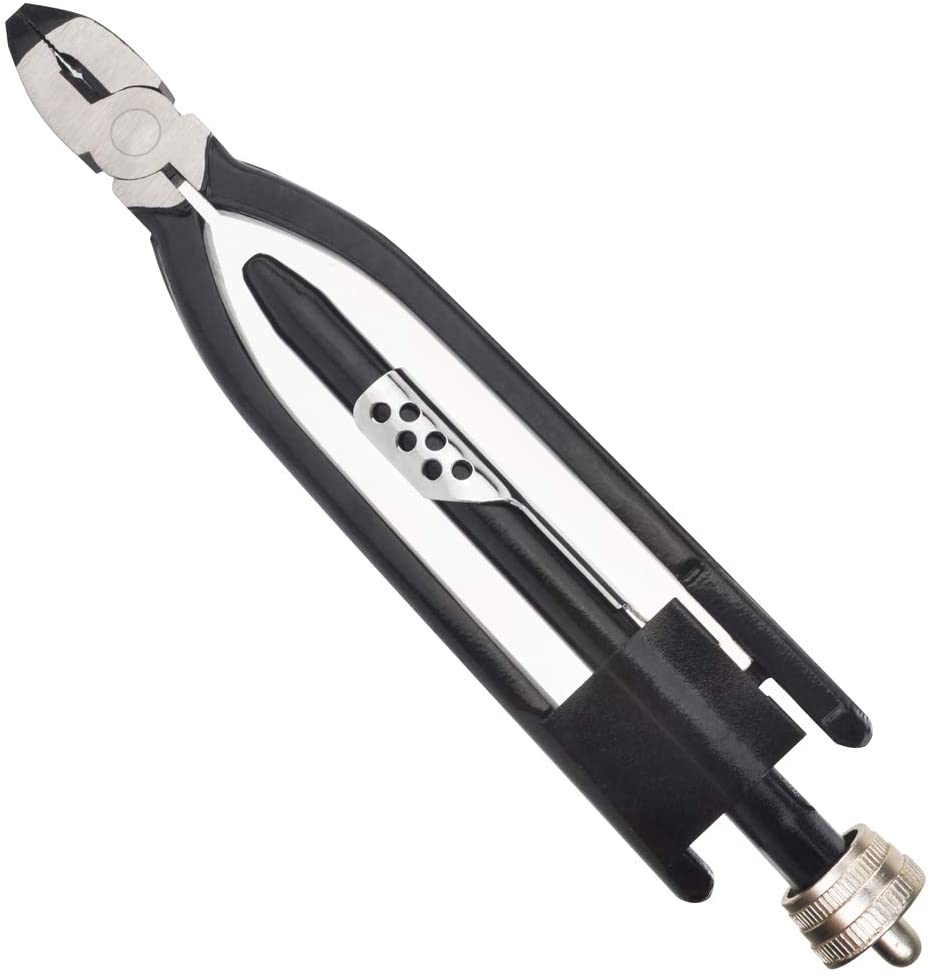
Wire twisting pliers are rather unusual, and they have short jaws. They also have an edge for cutting at the fulcrum. Between their handles are a threaded knob and a cylindrical mechanism for locking. When you lock a wire piece into their jaws and pull the knob back, the whole tool will spin, and the wire will twist with it. They are often used in the jewelry-making industry and by electricians.
As you can probably see, several pliers are used in the world. Although you may never have to use one of them, who knows? Someday, you may be glad that you’re knowledgeable about plier types when you take on a specialized project.
- See Also: 10 Best Speed Squares
Featured Image Credit: Pixabay
Contents

